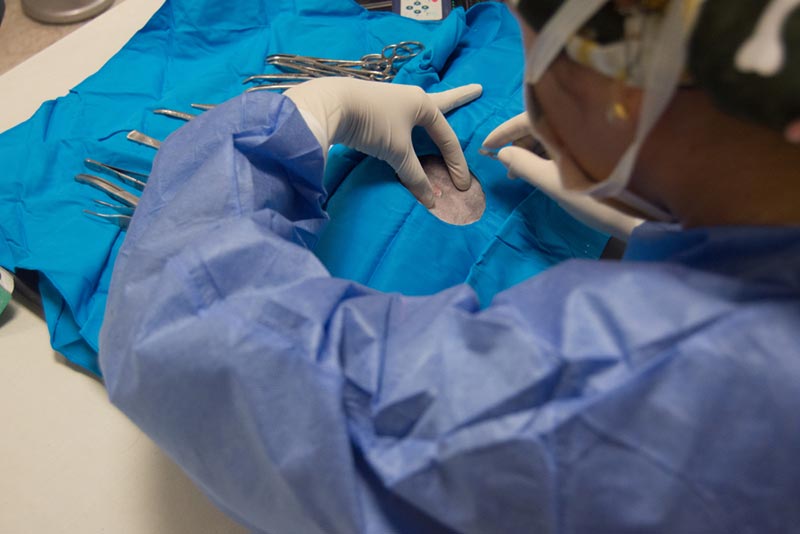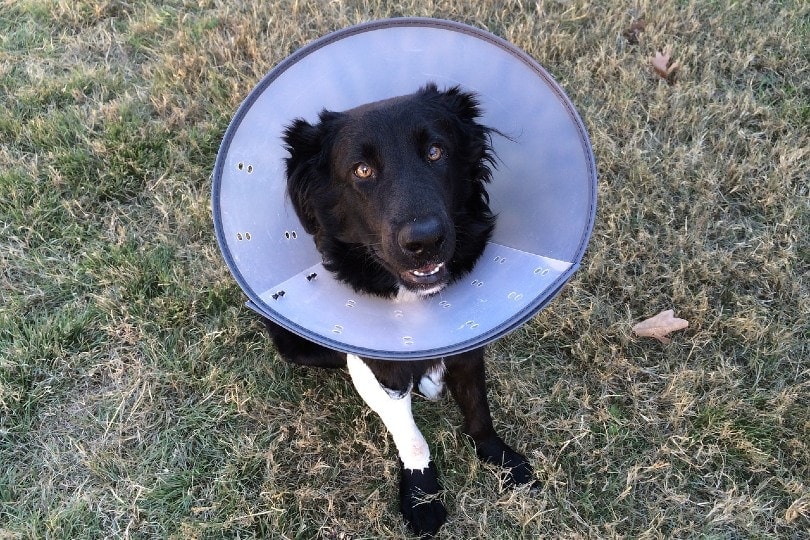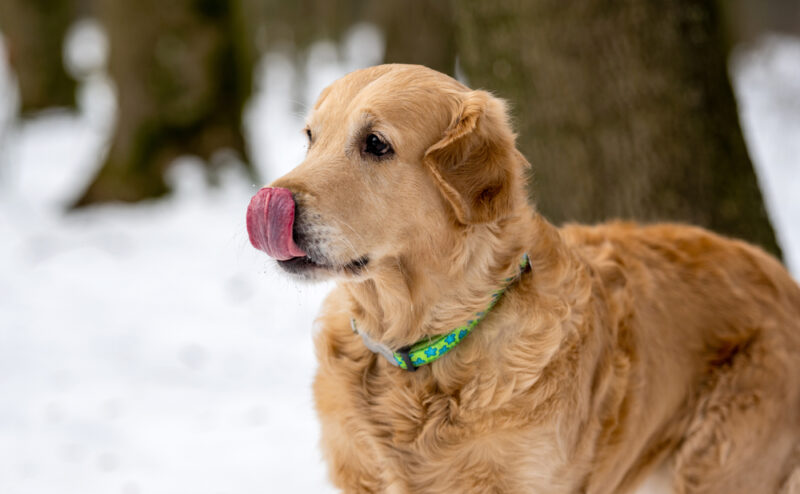What Is the Cost to Spay or Neuter a Dog in Canada? 2024 Update
Updated on

Spaying or neutering your dog is a crucial part of responsible pet ownership, and it can have many benefits for your pet, including reducing the risk of certain cancers and illnesses and decreasing aggressive behaviors. If you’ve been wondering what it costs to spay or neuter a dog in Canada, you should know that there are a variety of options available this year. Depending on your location, the cost ranges from free or low-cost programs to more expensive private clinics. In this article, we explore the costs of spaying or neutering a dog and the potential benefits of this procedure for your pet.
The Importance of Spaying or Neutering a Dog
Spaying (also called an ovariohysterectomy) is the term used to describe the removal of the uterus and ovaries, while neutering (or castration) refers to the removal of the testicles. These procedures are also referred to as “sterilization.” During the procedure, the veterinarian will surgically remove the dog’s reproductive organs.
There are many benefits associated with spaying (for females) and neutering (for males). The most common are preventing unwanted pregnancies, reducing the risk of certain cancers, and decreasing aggressive behaviors. Less common benefits include preventing urinary tract infections and hormone-related aggression and minimizing roaming behavior.
How Much Does Spaying or Neutering a Dog Cost?
Veterinary costs can be difficult to compare because every clinic has its own way of breaking down expenses. Total costs depend on your dog’s weight and sex (spaying is typically more expensive due to the complexity of the surgery) and the quality of the clinic’s equipment and the price of medications. So, depending on where you have your dog spayed/neutered and the type of procedure performed, you can expect to pay between $200 and $500.

Standard Costs of Spaying or Neutering by Province
Here is the average cost of spaying or neutering a dog in each Canadian province:
| Alberta: | $300 |
| British Columbia: | $200 |
| Saskatchewan: | $300 |
| Manitoba: | $200 |
| Ontario: | $350 |
| Quebec: | $400 |
| Maritime Provinces: | $300 |
| Northwest Territories: | $250 |
Free and Low-Cost Spaying or Neutering Programs
Many vet clinics offer low-cost spay and neuter options. For example, Calgary has a No Cost Spay/Neuter Program that provides free spay and neuter surgery for companion cats and dogs of eligible low-income Calgarians. In Saskatchewan, there is a Subsidized Spay and Neuter Program that provides low-income pet owners access to significantly discounted veterinary services and financial resources.
Spay and neuter programs are offered in many other areas, including Toronto (Ontario), Quebec, Winnipeg (Manitoba), and Vancouver (British Columbia). These programs operate as non-profit organizations and provide surgical procedures for lower than market value. So, depending on your location and annual income, you may qualify for a free spay/neuter procedure.
Another option is to contact your veterinarian to see if they have any type of discount or low-cost spay or neuter programs. Some clinics offer low-cost spay or neuter surgeries for pet owners in financial need. You can also contact your local humane society to see if they have any programs in place. Such grants are offered by Canada’s federation of SPCAs and humane societies, Humane Canada, and help low-income families with the cost of spaying or neutering their pets.

Additional Costs to Anticipate
Several things can influence the total cost of spaying or neutering your dog, including pre- and post-surgery costs. Ask your veterinarian about the procedure and whether the total price includes the following:
- Preoperative test: This is essentially a blood test that enables the veterinarian to ensure that your dog’s organs are working well and to assess the anesthetic risks. This examination is strongly recommended because it can identify certain malfunctions (of the kidneys or the liver, for example) that may require an adjustment of the anesthesia or the procedure overall.
- Intravenous fluids: These are used to oxygenate your pet and prevent complications related to general anesthesia.
- Postoperative analgesia: These medications are given in the form of liquids, oral tablets, or injections to reduce your dog’s pain and discomfort after surgery. Postoperative analgesia also enables your pet to maintain their appetite, have adequate sleep, and ultimately, recover better after the procedure.
When Should I Spay or Neuter My Dog?
Most veterinarians recommend spaying females before their first heat (around 6 months), small breed males at 6 months, and large breed males once they are fully grown (around 12 months). It should be noted that each case is different, hence the importance of having your dog evaluated as soon as possible.
Does Pet Insurance Cover Spay or Neuter Surgery?
Most pet insurance policies do not cover spay or neuter surgery. However, some companies have wellness plans (also called preventative care plans) that offer reimbursement for spaying or neutering your dog.
How to Care for Your Dog After Spay or Neuter Surgery

The best way to take care of your dog after spaying or neutering and to avoid complications is to promote calm and rest. Ideally, your four-legged friend should avoid walking on a leash, running, playing, bathing, and swimming. Your vet will usually provide you with an E-collar to put on your dog to prevent them from licking their wound and chewing on the stitches. If all goes well, your dog should be able to resume normal activities 5–10 days after the operation.
In Summary
Spaying or neutering your dog before they reach sexual maturity will help prevent unwanted pregnancies and a variety of health issues, such as cancers and hormone-related aggression. It will also significantly reduce the roaming behaviors of male dogs and the risk of hormone-related aggression in both males and females. The cost of spaying or neutering a dog in Canada will vary depending on where you live, the type of procedure performed, and the weight and sex of your pet. You may qualify for a free or low-cost spay or neuter procedure, so it’s worth checking with your local humane society or SPCA.
Featured Image Credit: AndresDica, Shutterstock












